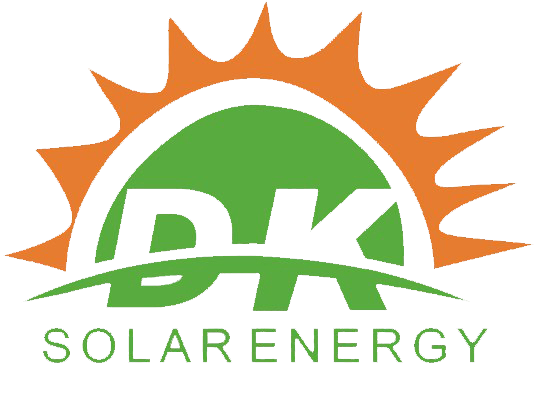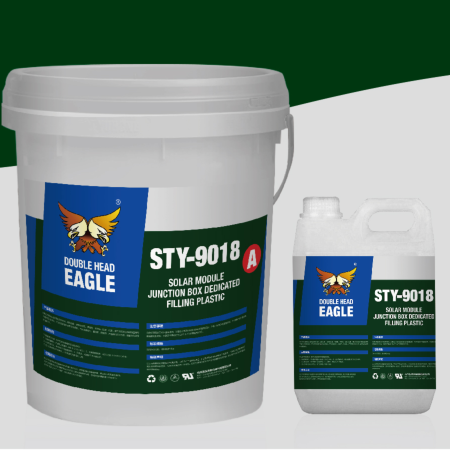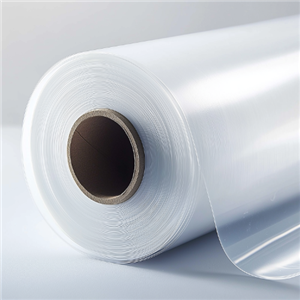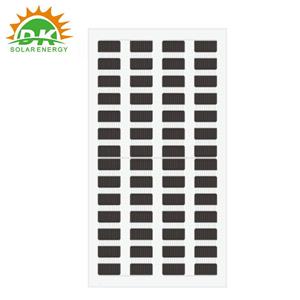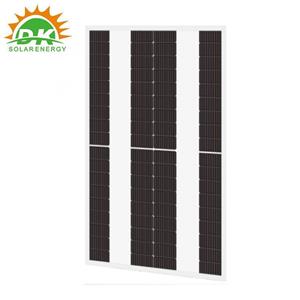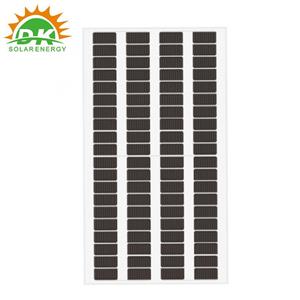News
The core application scenarios of two-component silicone adhesives are "structural bonding + long-term reliability requirements". They focus on core components of PV modules (such as frames and junction boxes) and connection parts between BIPV modules and building structures, making them particularly suitable for applications involving large-size modules, heavy loads, and extreme environments. Their selection must match module materials (glass, aluminum, backsheets), service environments (temperature, humidity, UV radiation), and mechanical requirements (bonding strength, displacement capacity). They are key materials ensuring the safe operation of PV modules and BIPV systems.
-
2911-2023
BIPV glass with printing technology
BIPV photovoltaic screen-printed glass is a special BIPV photovoltaic glass that uses screen printing technology to treat the glass surface to achieve photovoltaic power generation functions. Silk screen technology is a common glass process that forms a conductive film by printing conductive materials, such as silver paste or carbon nanotubes, on the surface of the glass. These conductive films can convert sunlight into electricity and output it to power the building's electrical system. BIPV photovoltaic screen printing glass has the following advantages:
-
1906-2023
Xindongke energy rooftop solar panels for the Germany market.
Rooftop solar panels are photovoltaic (PV) panels that are installed on the roofs of residential, commercial, and industrial buildings to capture and convert sunlight into usable electricity. These panels consist of multiple solar cells made from semiconductor materials, typically silicon, which generate direct current (DC) electricity when exposed to sunlight.
-
2605-2023
We are at the SNEC 2023
On May 24, the 16th (2023) International Solar Photovoltaic and Smart Energy (Shanghai) Conference and Exhibition was officially opened to the audience. On the opening day of the exhibition, ready-made goods exploded in popularity. In addition to the photovoltaic industry leaders, Tongwei, Longji, Jinko, Trina ,solarspace and so on joined, attracting more domestic and foreign exhibitors to visit.
-
2804-2023
April 27, 2023 Hangzhou New Energy storage Conference
Recently, The new energy enterprises represented by Xindongke participated in the Haiju New Energy storage Conference in Hangzhou.
-
2703-2023
Various types of solar patterned glass
What is patterned glass? Patterned(textured) glass is also a kind of glass, and there are different called such as "Patterned glass", “Embossed glass “or "Rolled glass", which is belong a kind of flat glass, it is made of flat glass by calendaring molding. Meanwhile, It is with a transmittance in the optical characteristics of non-transparent and rich patterns. It has the characteristics of good decoration and is widely used in various places. A few of common patterned glass patterns include wood style, water pattern, long stripes, ice flower, snowflake, crabapple flower...all belong to patterned glass.
-
0401-2023
The market scale of monocrystalline silicon continues to expand, with photovoltaic as the main application field
The market scale of monocrystalline silicon continues to expand, with photovoltaic as the main application field. Monocrystalline silicon refers to the substance formed by silicon atoms in an arrangement, which is a relatively active non-metallic element crystal. Compared with polycrystalline silicon, monocrystalline silicon has the advantages of high photoelectric conversion efficiency, high mechanical strength, long service life, low fragmentation rate, and is widely used in photovoltaic power generation and semiconductor manufacturing.
-
1512-2025
Application of Two-Parts A B Silicone Adhesives in PV Modules (Including BIPV Modules)
The core application scenarios of two-component silicone adhesives are "structural bonding + long-term reliability requirements". They focus on core components of PV modules (such as frames and junction boxes) and connection parts between BIPV modules and building structures, making them particularly suitable for applications involving large-size modules, heavy loads, and extreme environments. Their selection must match module materials (glass, aluminum, backsheets), service environments (temperature, humidity, UV radiation), and mechanical requirements (bonding strength, displacement capacity). They are key materials ensuring the safe operation of PV modules and BIPV systems.
-
2811-2025
Perovskite Module Mass Production Efficiency Surpasses 22%
Perovskite PV modules have achieved a 22% mass production efficiency, on par with crystalline silicon modules. Single-junction and perovskite/crystalline silicon tandem technologies advance in parallel, with the latter’s R&D efficiency hitting 34.85%. China has built multiple GW/100MW-level production lines, with 50MW sales expected in 2025. Its low cost and flexibility suit BIPV, with 20GW global shipments projected by 2030.
-
0611-2025
Solar Energy Turns into a "Savings Pot" – The "Solar-Storage Duo" Makes 2025 Energy Life Amazing!
In 2025, the "solar-storage duo" of solar panels and batteries has gone mainstream, evolving from professional gear to daily energy stewards. Thin, flexible, and easy to install, they power homes (balconies as mini power stations), camping trips, remote areas, and even desert restoration. Boosted by perovskite and sodium-ion tech, they're smarter, more cost-effective, and eco-friendly, enabling energy independence and supporting global decarbonization.
-
1510-2025
High-efficiency transformation of PV Modules: Precise selection of solar ribbons becomes critical, full-spec supply drives performance release
In the critical period of PV modules transforming towards "higher efficiency, longer service life, and better scenario adaptation", the selection of solar ribbons has changed from "passive adaptation" to a core link of "active optimization". Enterprises with full-specification solar ribbon supply capabilities and customized services can help module enterprises establish a "battery technology - power target - application scenario" trinity selection system, fully unlock the performance potential of modules, and provide solid supply chain support for the goal of grid parity in the PV industry.
-
2608-2025
ETFE film of characteristics and typical applications by thickness
The thickness of ETFE (ethylene-tetrafluoroethylene copolymer) — ranging from 25μm to over 1mm, with composite structures reaching the millimeter level — directly determines its mechanical properties, light transmittance, etc. It is divided into three types for PV and other fields: Ultra-thin (25-50μm): Extremely lightweight, highly flexible, ~95% light transmittance, suitable for flexible PV encapsulation and portable energy equipment; Conventional (50-200μm): Balanced performance, accounting for over 70% of global consumption, used in BIPV membrane structures and rigid PV protection; Thick-walled/composite (200μm+): High strength and corrosion resistance, applied in PV power plant protection, industrial linings and special building load-bearing structures.
-
1108-2025
What are the advantages and disadvantages of the flexible solar modules with adhesive backing ?
Self-adhesive flexible solar modules offer key advantages: easy installation without brackets/drilling, cutting steps by 70% and boosting efficiency by 40%; adaptability to curved/irregular surfaces; lightweight (4-5kg/m²) for load-sensitive areas; reduced base material damage and waterproof risks; suitability for temporary/mobile use. Disadvantages include limited durability (affected by temperature/UV), high temperature sensitivity, hard maintenance/replacement, strict base material compatibility, and cost-performance conflicts.
